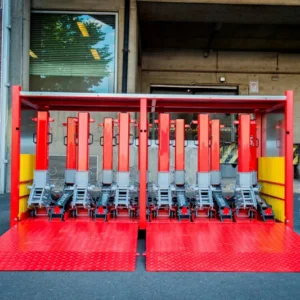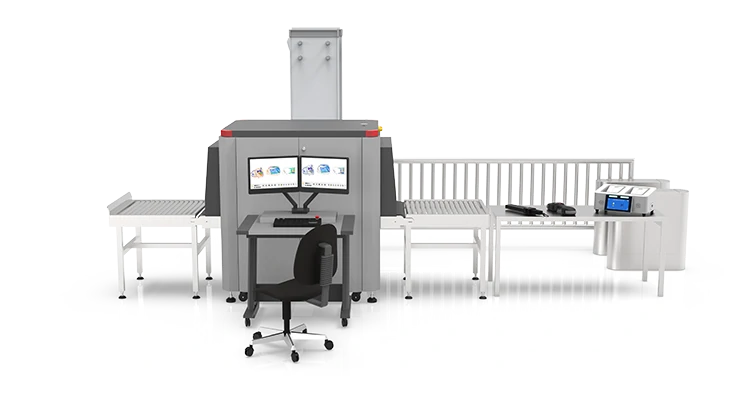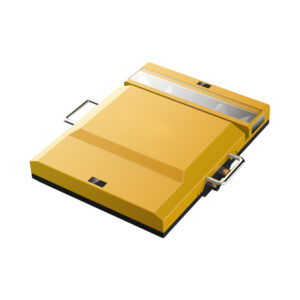
Does an X-Ray Security Scanner Emit Radiation When Turned Off?
When people see an X-ray machine at an airport or security checkpoint, one of the most common questions they ask is:
“Does the X-ray scanner still emit radiation when it’s turned off?”
It’s a fair concern — after all, X-rays are a form of ionizing radiation. But the truth is much simpler and safer than most people think. Let’s explore how X-ray security machines work and what really happens when they are powered down.
Understanding How Security X-Ray Machines Work
Security X-ray scanners use a controlled X-ray tube to generate beams of low-dose radiation. These beams pass through baggage or parcels and are captured by detectors to create an image based on material density.
The X-ray tube only generates radiation when the system is powered on and the scan is actively running. Once the machine is idle or turned off, there is no radiation being produced.
In other words, X-rays are not stored, and they do not continue to emit once the power supply is cut.
What Happens When the Machine Is Turned Off
When an X-ray baggage scanner is powered off:
The X-ray tube stops producing radiation immediately.
The internal circuits and safety interlocks are disengaged.
The system becomes completely inactive and radiation-free.
The lead shielding inside the scanner continues to provide protection — even though there is no radiation source operating.
In fact, even if the machine were unplugged during a scan (which is extremely rare), the radiation would stop instantly because the energy generation process requires electrical current.
Are There Any Residual Effects?
No. X-ray scanners do not leave behind residual radiation in the machine, room, or surrounding air. This is because X-rays are a form of electromagnetic energy — not radioactive material.
Unlike radioactive isotopes used in medical or industrial fields, security scanners do not contain or release any radioactive substances. Radiation only exists for a fraction of a second during scanning, then disappears instantly.
Built-In Safety Systems
Modern X-ray scanners are designed with multiple internationally certified safety mechanisms to prevent accidental radiation exposure, including:
Key-controlled power switches
Interlock systems that disable radiation when access panels are open
Emergency stop buttons
Automatic shutdown sequences in case of malfunction
These systems ensure that the machine can only emit radiation under controlled, intentional operation.
Regulatory Compliance and Testing
All professional security scanners must comply with strict safety standards such as:
IEC 61010 – International standard for safety of electrical equipment
CE / FCC certifications – Ensuring electromagnetic and radiation safety
U.S. FDA Center for Devices and Radiological Health (CDRH) – Regulating permissible dose levels
Independent testing confirms that radiation leakage is far below international exposure limits — even during active use, let alone when the system is turned off.
Conclusion: No Power, No Radiation
To summarize:
When a security X-ray machine is turned off, it does not emit any radiation whatsoever.
All radiation stops the moment the system is powered down. The machines are completely safe to be near when idle or disconnected from electricity.
For added peace of mind, all certified security scanners undergo routine inspection and calibration to ensure maximum safety and compliance.
If your facility uses or installs X-ray scanners, you can assure staff and visitors that there is zero radiation risk when the system is off.

- By Safeagle





